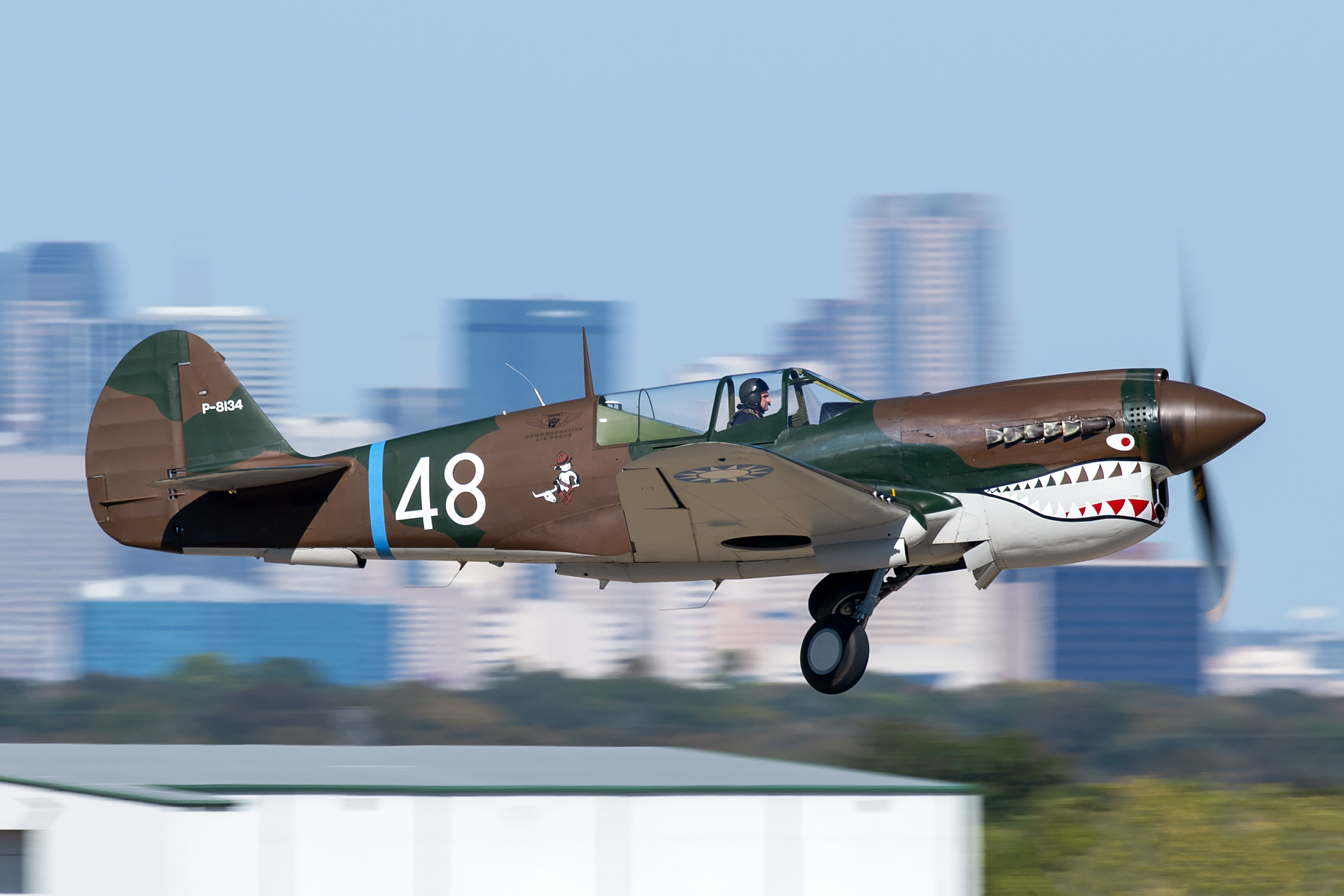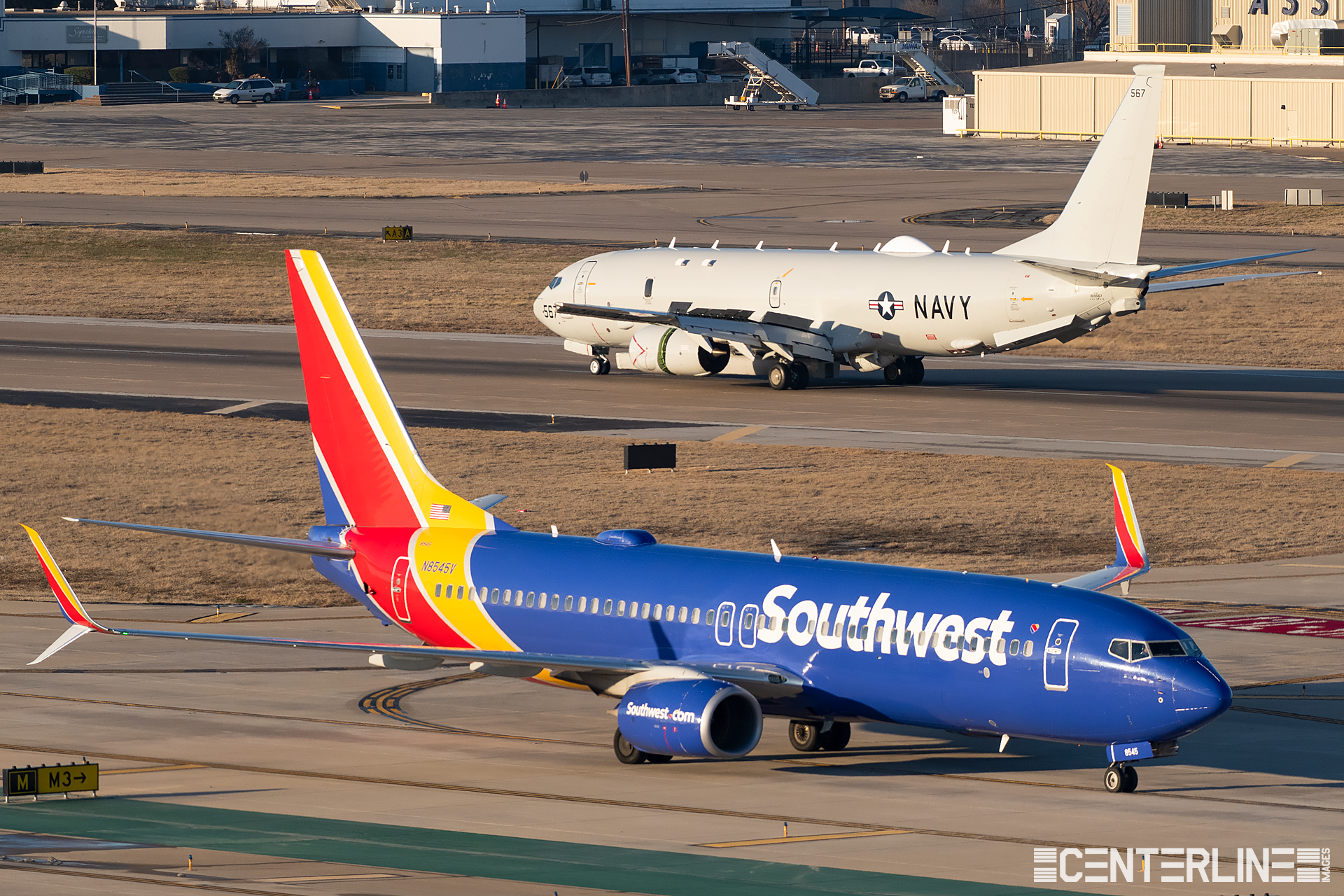
Curious on the backstory behind the photos? This is the place. You'll find not only write ups on local outings, but also reviews of major events I’ve attended.
Burning The Midnight Oil
Burning the midnight oil! The men and women of both the USMC and USN stay busy day and night, as seen by the tremendous amount of action at this small southeastern Californian airport
When I visited Naval Air Facility El Centro earlier this year, I noticed an impressive number of USMC and USN helicopters passing by El Centro, instead of stopping at the nearby Imperial County Airport, which is roughly a 15-minute drive away. On one of the few days I was in the area, I decided to head down there and see what nightfall would bring. No more than five minutes after I arrived, three massive CH-53E Sea Stallions from MCAS Miramar arrived, and the festivities began.
Unfortunately, I didn’t have my tripod with me on this trip, so I found the flattest surface I could—the roof of my rental Dodge Ram. While this actually worked out fairly well, the immense CH-53s shook the entire ground even while parked and at idle power, remaining running as the crew chiefs hot-refueled their machine. This sometimes caused some of the night exposures to be unusable, as the shake would result in blurry photos. Not to be deterred, I kept adjusting my settings to account for this and managed to get satisfying results.
As I snapped away, I had to be conscious of my limited photo opportunities with these incredible machines. As quickly as they arrived, they departed into the darkness, with only faint slime lights visible and the thunderous sound fading into silence. Minutes later, I’d hear the noise pick up again as more helicopters approached—Vipers, Venoms, Seahawks, Ospreys, and even more Super Stallions.
It was an incredible amount of nonstop action, and to think this is a regular occurrence! Sometimes it’s easy to forget just how busy the men and women in uniform stay—training day and night—while many of us are already in bed, fast asleep. It definitely reminded me of that and only deepened my appreciation!
January 30, 2025 - Imperial County Airport (Imperial, California)
A New Look For The Dallas Poseidon
An interesting group of mumps and bumps on this P-8A Poseidon seen landing at Dallas Love Field, including a new dorsal fairing near the tail! The aircraft is part of the classified BUPERS SDC Dallas test & evaluation unit.
"SHINR02" touching down on runway 31R at Dallas Love Field back in February after a training sortie over the Gulf of Mexico. This Poseidon is part of the secretive Dallas Love Field-based US Navy detachment BUPERS SDC Dallas/NAWC-23 and appears to have received a new dorsal fairing modification near the tail! The following information is all publicly accessible online.
The tight-lipped Dallas, Texas-based unit plays an important role in test and evaluation of advanced sensor technology such as Raytheon's AN/APS-154 Advanced Airborne Sensor (AAS), which can be seen in these photos slung underneath the aircraft. According to the US Navy, the huge pod was first flown on the P-8A Poseidon in 2015.
The AAS is a state-of-the-art radar used on the P-8 Poseidon maritime patrol aircraft. Developed by Raytheon, the AAS is an upgrade to the AN/APS-149 Littoral Surveillance Radar System (LSRS), which was designed to provide multi-function target detection and tracking as well as high-resolution ground mapping at standoff ranges covering land, littoral, and water areas.
The AAS boasts a double-sided AESA radar, offering near 360-degree coverage and the ability to simultaneously scan, map, track, and classify targets. Moreover, the radar contains a moving target indicator (MTI) that can detect, classify, and track targets on land and at sea at the same time. Synthetic aperture and inverse synthetic aperture radars generate clear, high-quality imagery of inland and ocean areas, allowing P-8 crews to profile vessels from long distances and in adverse weather conditions. The AAS can even detect the faint wakes left by submerged submarines on the surface of the ocean.
The AAS is a game changer for the U.S. military. Once a hostile vessel is identified, targeting information can be sent to another armed platform and a networked weapon can be guided to the target through a data link. As for the rest of bumps and and antennas, I could only speculate as to how they play a role, but I'll refrain.




























